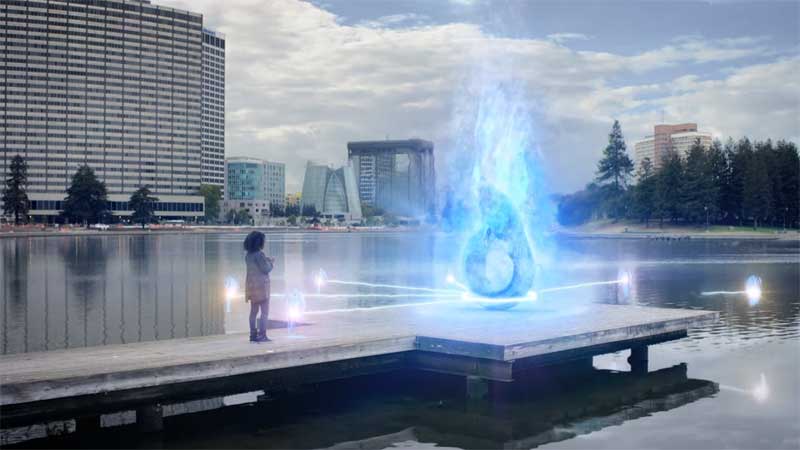 EMERGING TECH
EMERGING TECH
 EMERGING TECH
EMERGING TECH
 EMERGING TECH
EMERGING TECH
Niantic Inc., the developer of the augmented reality game “Pokemon GO,” announced Tuesday that it’s renaming the Niantic Real World Platform to Niantic Lightship and opening access to the platform with a private beta that includes an Augmented Reality Developer Kit.
The ARDK will enable developers to build immersive and imaginative AR applications that use cameras on mobile devices to change what they can see. Augmented reality can be used to create imaginative games, create immersive mapping apps that generate visible paths, advertisements that pop out of billboards and many other potential applications.
Niantic Lightship includes all of the tools that power Niantic’s games, including “Ingress” and “Pokemon GO,” and provides developers the power that went into creating those universes. Lightship represents the industry standard for mapping shared planetary-scale AR experiences that were developed when building Ingress that was then used for “Pokemon GO” and “Harry Potter Wizards Unite.”
The Niantic Lightship ARDK is now available as a private beta, with sign-ups at the portal, and since it started as a private alpha earlier this year, hundreds of gaming and other developers have worked with the development kit. The kit provides a number of advanced tools and includes a number of enhancements such as real-time mapping, semantic segmentation and more robust multiplayer functionality.
Real-time mapping is done through advanced meshing, which combines smartphone camera technology with a neural network to map the environment in real-time into a mesh of triangles. That results in a machine-readable representation of the physical world that can be inserted into an app that virtual objects can then be placed on, for example, stickers, robots, aliens or the faces of friends. Essentially it enables AR content to interact with surfaces.
Semantic segmentation allows the camera on the phone to tell the difference between objects in a real-world scene – for example, the ground, sky and buildings – so that virtual objects can move in a way that makes sense. Lightship can use this technology to change the world in dramatic and dynamic ways, taking the sky and turning it pastel or allowing a blimp to fly behind buildings.
Finally, multiplayer functionality is fundamental not just to games but to social media apps. With enhanced colocation, networking and synchronization up to eight players can share the same AR experience when in the same real-world space.
“Niantic is building the 3D map of the world hand-in-hand with its player base to power new kinds of immersive AR experiences,” said Kei Kawai, Niantic’s vice president of product management. “With the Niantic Lightship Platform and ARDK, we want to provide the richest selection of development tools and technologies, so any developer can create their own unique experiences.”
During the beta, Niantic is also building outs its Virtual Positioning System and other advanced tools that will allow AR experiences that will use geolocation and persistent anchoring with high precision. This is useful for mapping, social media apps and games that rely on real-world locations.
THANK YOU